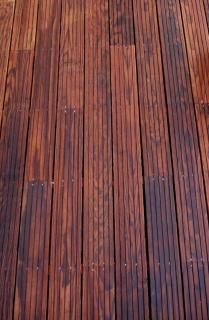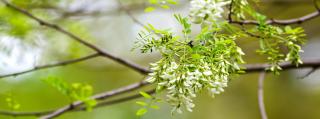

Black locust tree, which is also called false acacia, is a tree species considered invasive.
Name – Robinia pseudoacacia
Family – Fabaceae
Type – tree
Height – 30 to 50 feet (10 to 15 meters)
Exposure – full sun
Soil – ordinary
Foliage – deciduous
Flowering – June
Fruit formation – summer
Plant preferably in fall to favor root development before winter and proper regrowth in spring.
If purchased in a container, you can also plant it in spring, taking great care to increase watering at the beginning.
No specific pruning is required, but it is important to remove dead or weak branches whenever you notice them.
It is also possible to restrict this tree’s growth by pruning it or removing larger branches in fall.

A raised garden bed made from black locust will last decades. Use slabs of black locust to make edges in your raised garden. Unlike regular logs, these won’t need to be replaced every three or four years.
Many stores sell swing sets made from chemically treated wood or metal, but black locust is a perfect alternative.
It’s also possible to build a terrace with black locust. Simply check with the supplier that the wood comes from heartwood, not sapwood.
Black locust has a tendency to warp and twist upon drying.
Also, black locust is slightly more brittle than other woods.
Black locust tree got its scientific name Robinia from its inventor or discoverer Jean Robin, the royal botanist of Henry the IVth of France who planted it for the 1st time Place Dauphine, in Paris, in 1601.
Native to the United States of America, false acacia, which also goes by the common name black locust tree, is a very elegant tree with a balanced bearing. Its hardiness leads it to live a very long life.
Fruits form pods and come from flowers that cluster in very fragrant bunches of white or red when they appear in June.
The green leaves may fall off in fall without even having turned brown. They shimmer and sway and make this tree look alive.

Upon planting, spread some mulch at the base of the tree and you’ll avoid weed growth!
Very informative site. Thanks